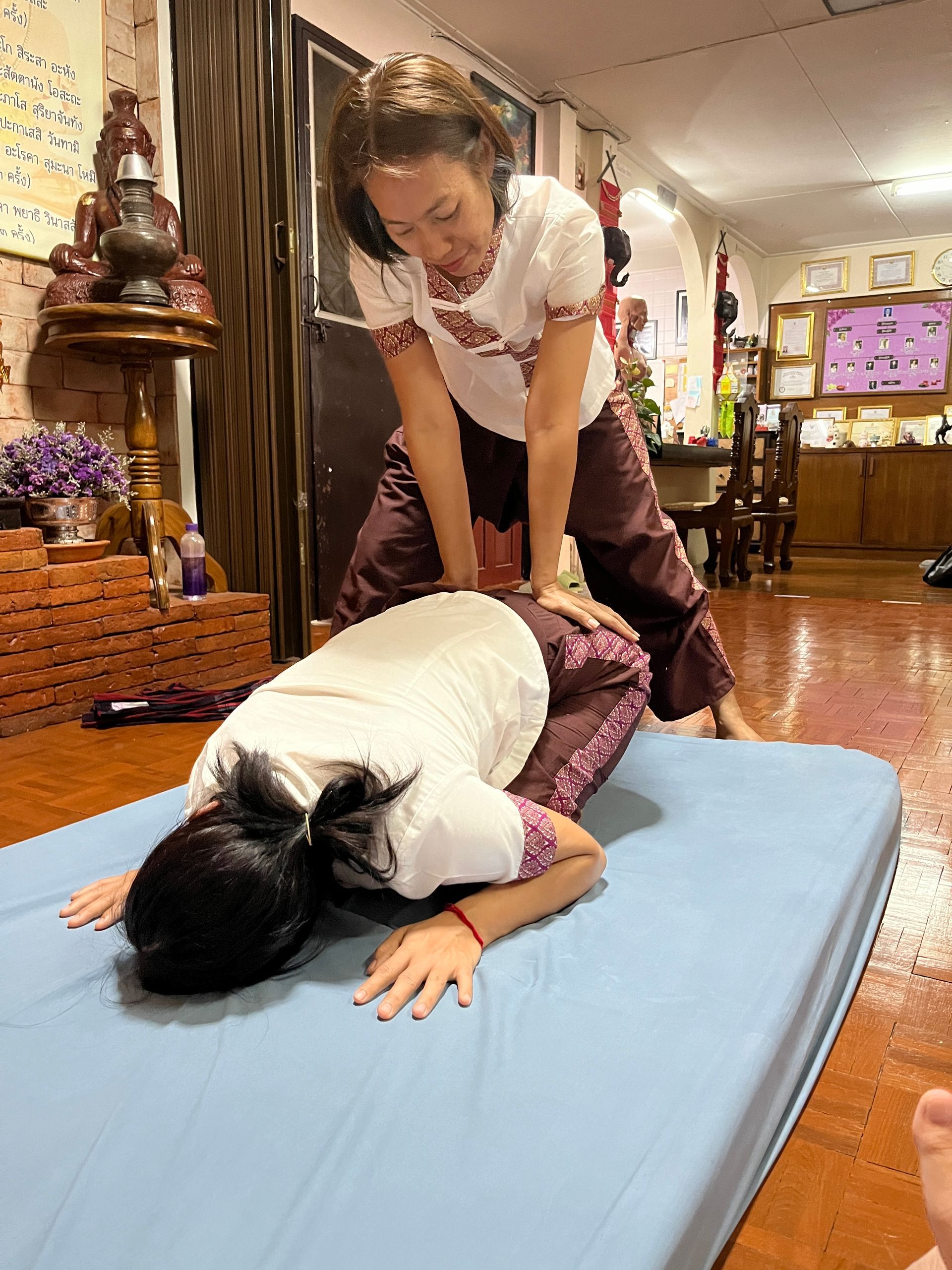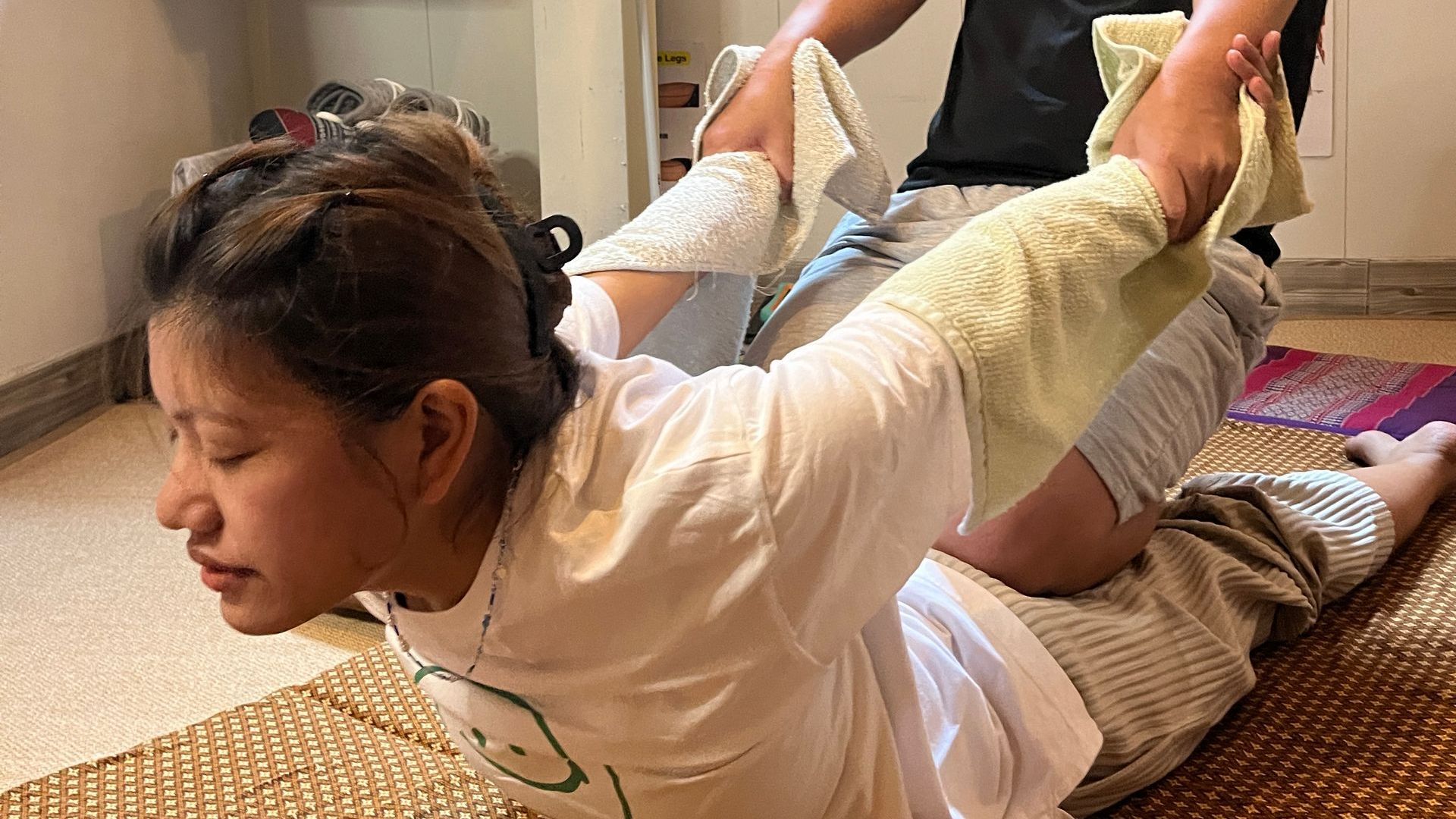7 Ergonomic Mistakes That Are Ruining Your Massage Career (And How to Fix Them)
Massage therapy is a physically demanding profession, and without proper body mechanics, many therapists develop chronic pain and postural issues. Over time, poor ergonomics can lead to conditions like back pain, shoulder impingement, carpal tunnel syndrome, and even burnout. Understanding these common ergonomic mistakes can help massage therapists protect their bodies and extend their careers.
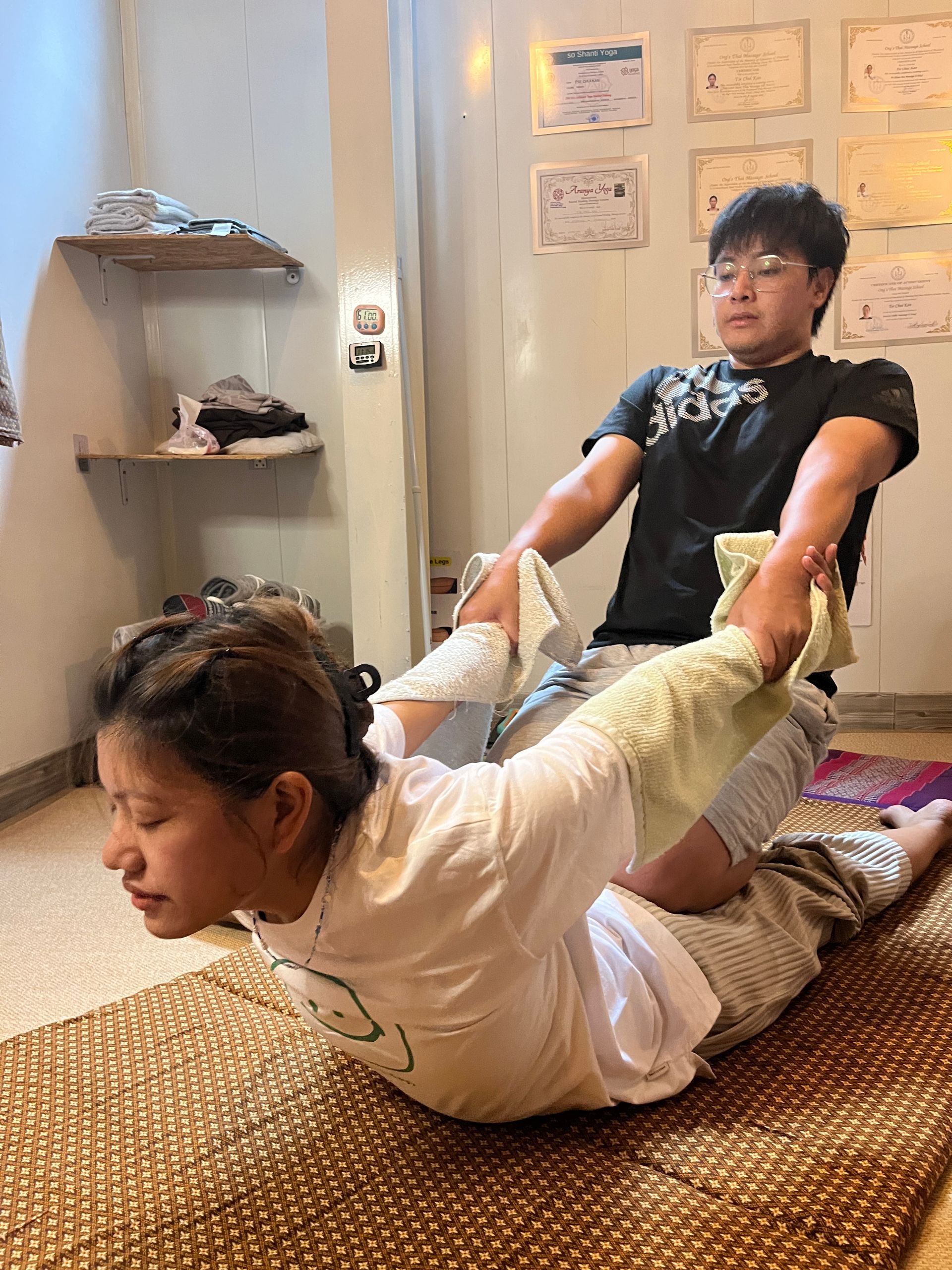
Overusing Upper Body Strength Instead of Proper Body Mechanics
One of the most common mistakes is relying on arm and shoulder strength rather than engaging body weight and leverage. This puts excessive strain on the shoulders and can lead to conditions like:
- Rotator cuff injuries from repetitive overuse
- Shoulder impingement due to poor scapular control
- Chronic muscle tension in the upper back and neck
Solution: Use your body weight to generate pressure rather than forcing it through your arms. Engage your legs and core while keeping your shoulders relaxed.
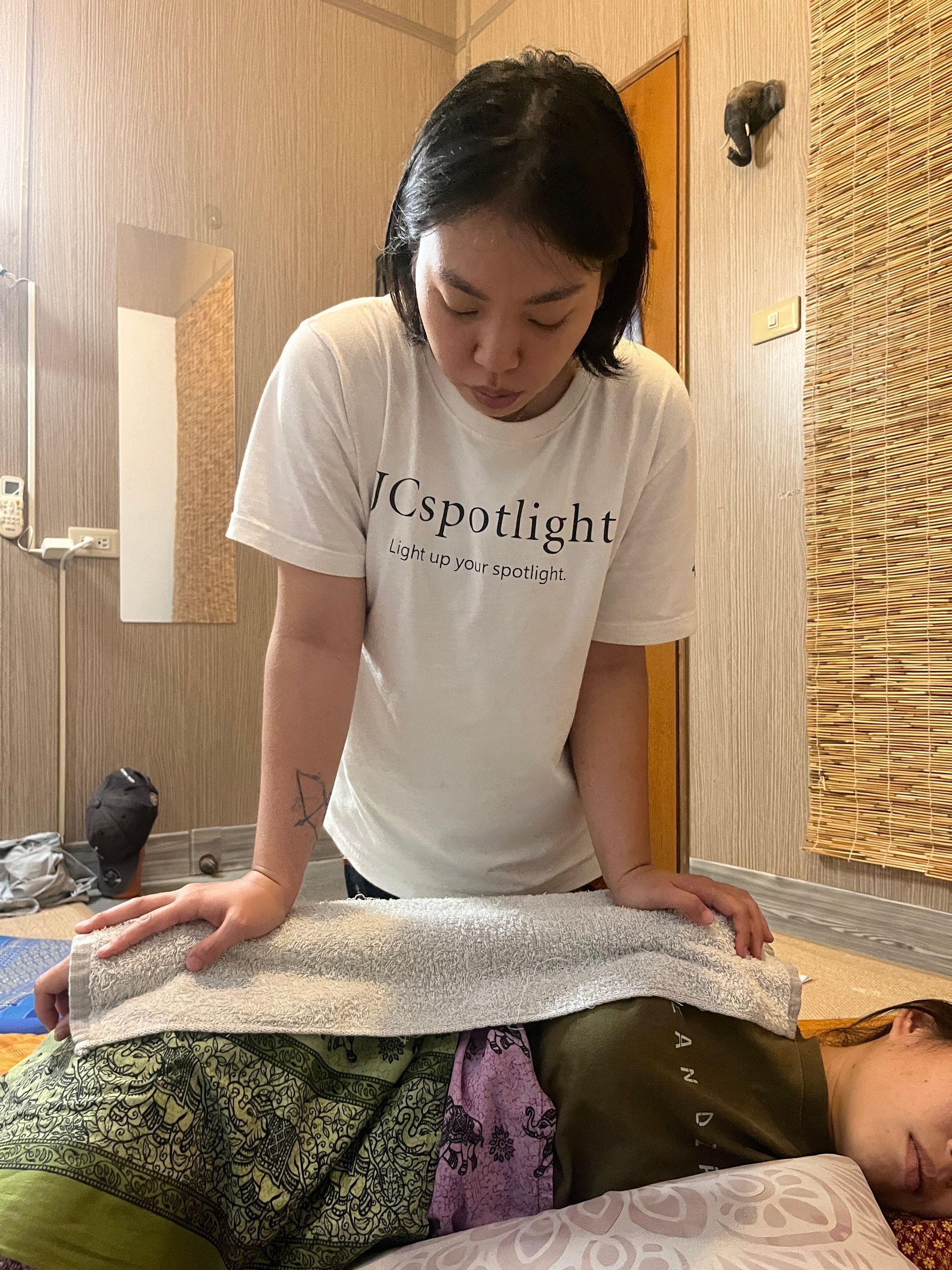
Incorrect Massage Table Height
A poorly adjusted massage table can create unnecessary stress on the body:
- Too high → Causes excessive shoulder elevation and wrist strain
- Too low → Leads to excessive bending at the waist, straining the lower back
Solution: Adjust the table height so your elbows are slightly bent when applying pressure. Keep your spine neutral and avoid hunching forward.
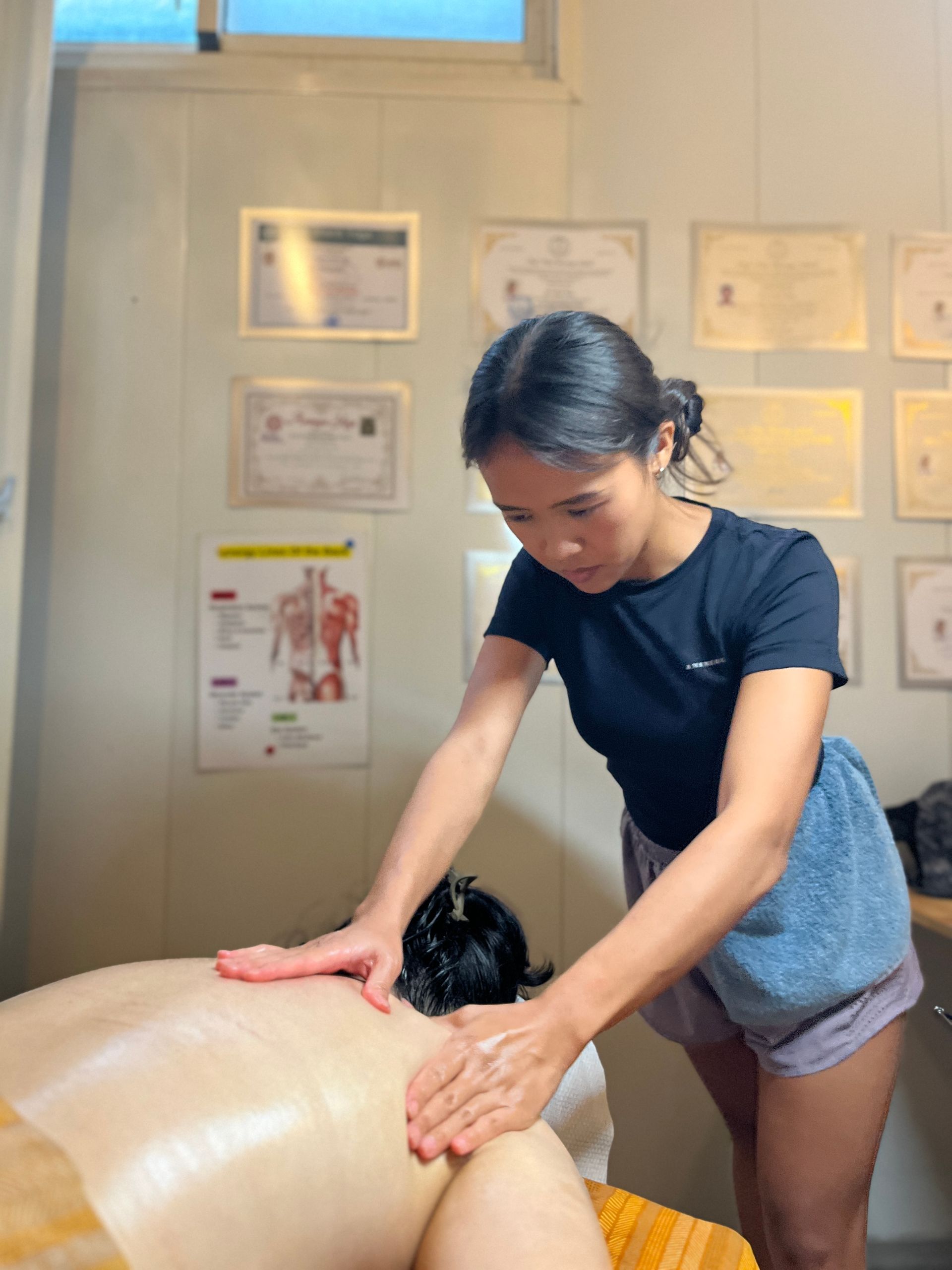
Hunching Over the Client
Leaning too far forward with a rounded spine is a habit many therapists develop over time. This posture leads to:
- Thoracic kyphosis (rounded upper back)
- Neck and upper back strain
- Chronic lower back pain
Solution: Maintain a neutral spine by hinging from the hips rather than the waist. Keep your chest open and shoulders relaxed.

Hyperextension of Wrists and Overuse of Thumbs
Many therapists press too hard using their thumbs or place their wrists in awkward angles, causing:
- Carpal tunnel syndrome from nerve compression
- De Quervain’s tenosynovitis (thumb tendonitis)
- Chronic wrist pain and inflammation
Solution: Use your palms, forearms, and knuckles more often to distribute pressure. Keep wrists neutral and avoid excessive flexion or extension.
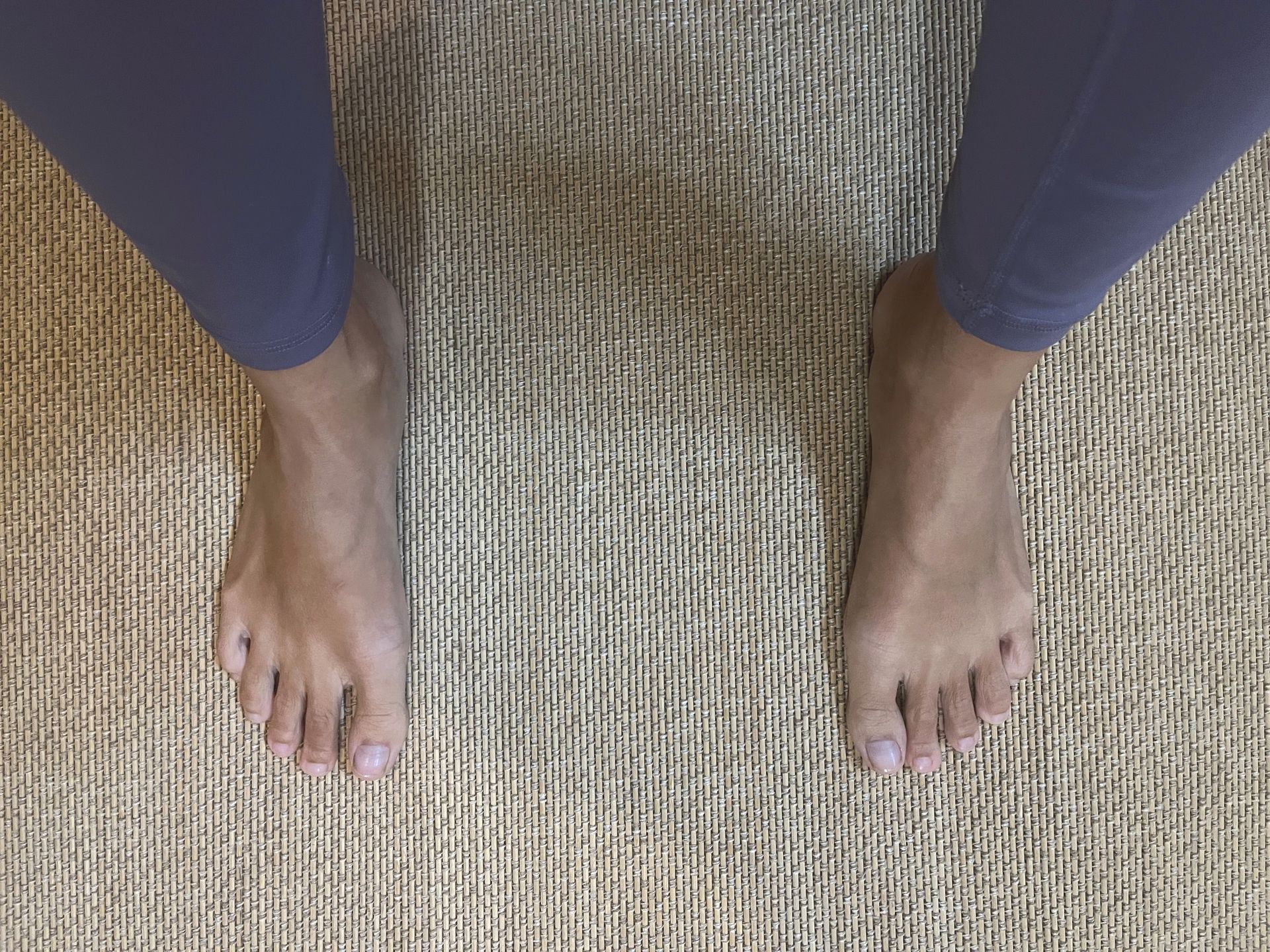
Standing with an Unstable Stance
A narrow stance or locked knees reduces stability and leads to:
- Increased fatigue due to inefficient weight distribution
- Knee and ankle strain from poor shock absorption
- Less power and control in movements
Solution: Adopt a wide, grounded stance with soft knees and shift your weight through your legs, similar to martial arts or Tai Chi principles.
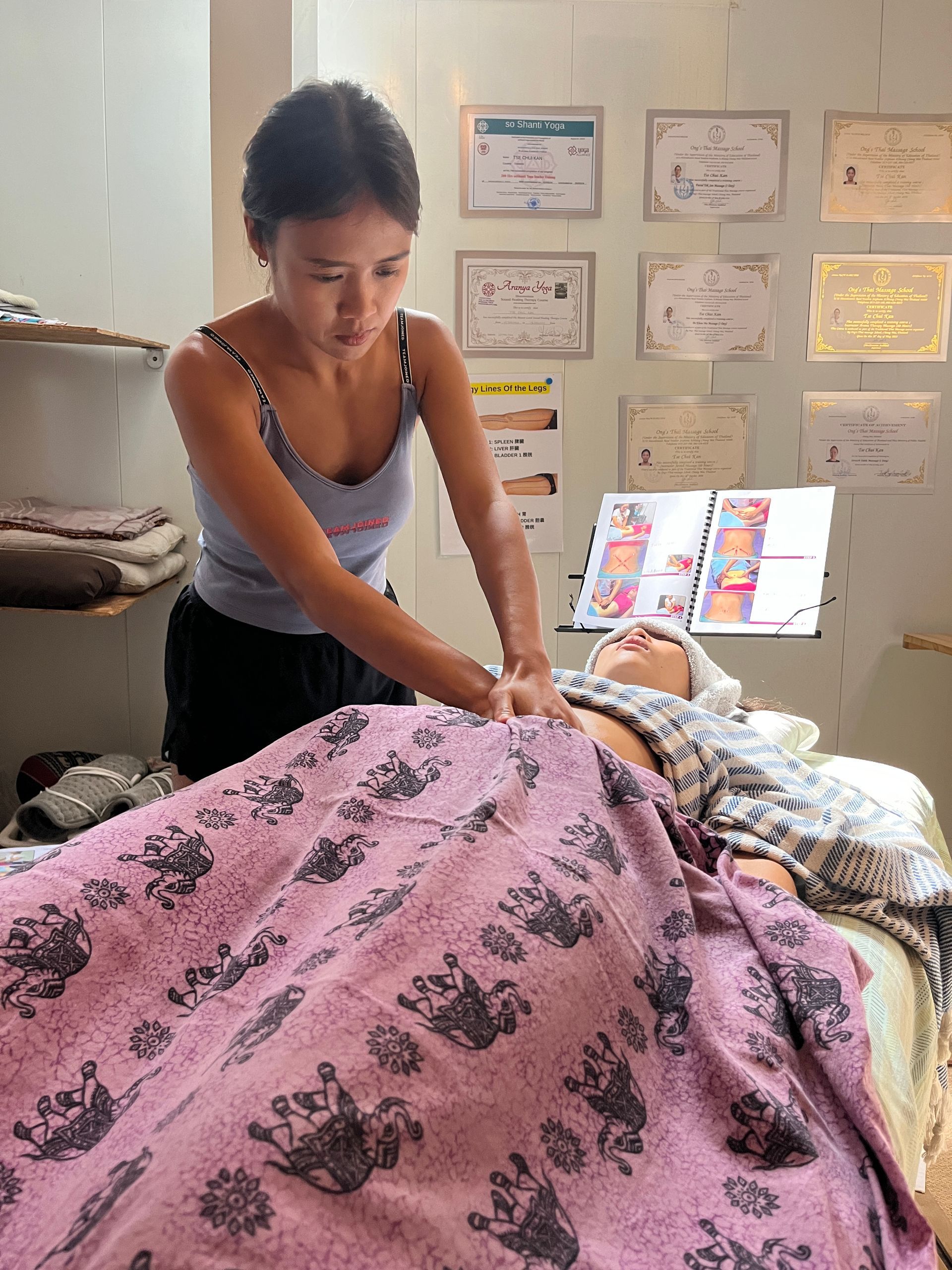
Overreaching or Twisting the Spine
Stretching too far instead of repositioning the body causes:
- Spinal misalignment and muscle imbalances
- Herniated discs from excessive twisting
- Lower back pain from repetitive strain
Solution: Move around the table instead of overreaching. Keep your spine aligned and pivot with your feet to reduce unnecessary twisting.
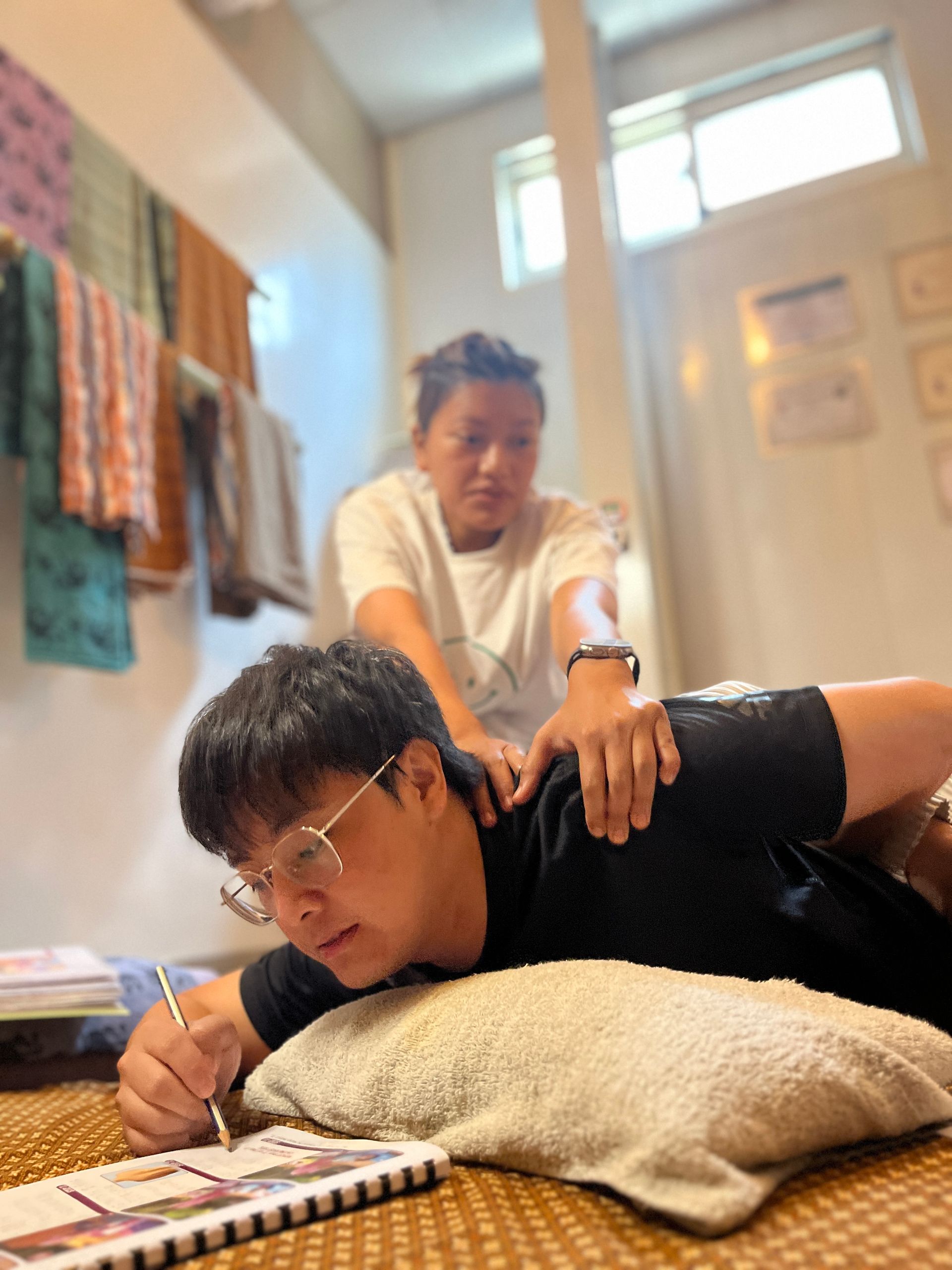
Neglecting Self-Care and Recovery Practices
Massage therapists often focus on their clients' well-being while ignoring their own. This leads to:
- Burnout from physical and mental exhaustion
- Chronic muscular imbalances from repetitive movements
- Reduced career longevity due to untreated pain and tension
Solution: Incorporate regular stretching, strengthening exercises, and self-massage techniques. Prioritize rest and proper nutrition to support your body’s recovery.
As a massage therapist, your body is your most valuable tool. Practicing proper ergonomics can help prevent chronic pain, improve your efficiency, and allow you to sustain a long and fulfilling career. By making small adjustments to your posture, movement, and self-care routine, you can ensure that your passion for healing others doesn’t come at the cost of your own well-being.
RECOMMENDED ACTIVITIES
MORE BLOGS




